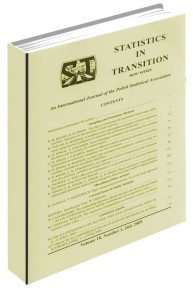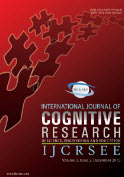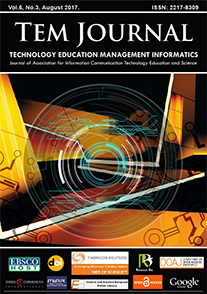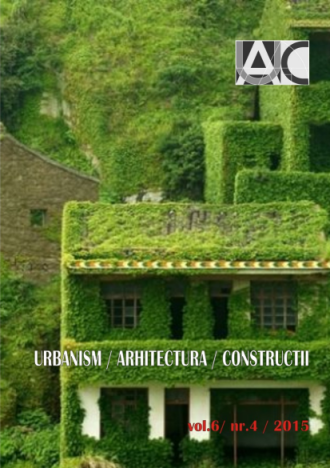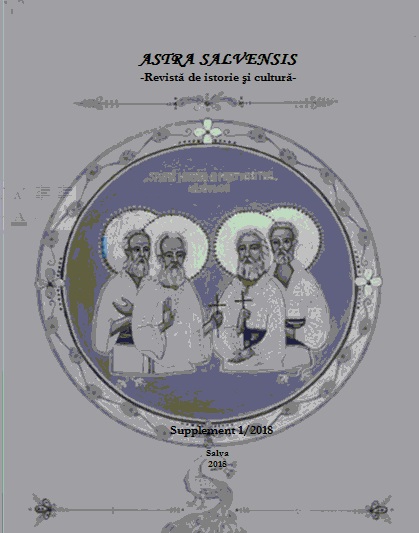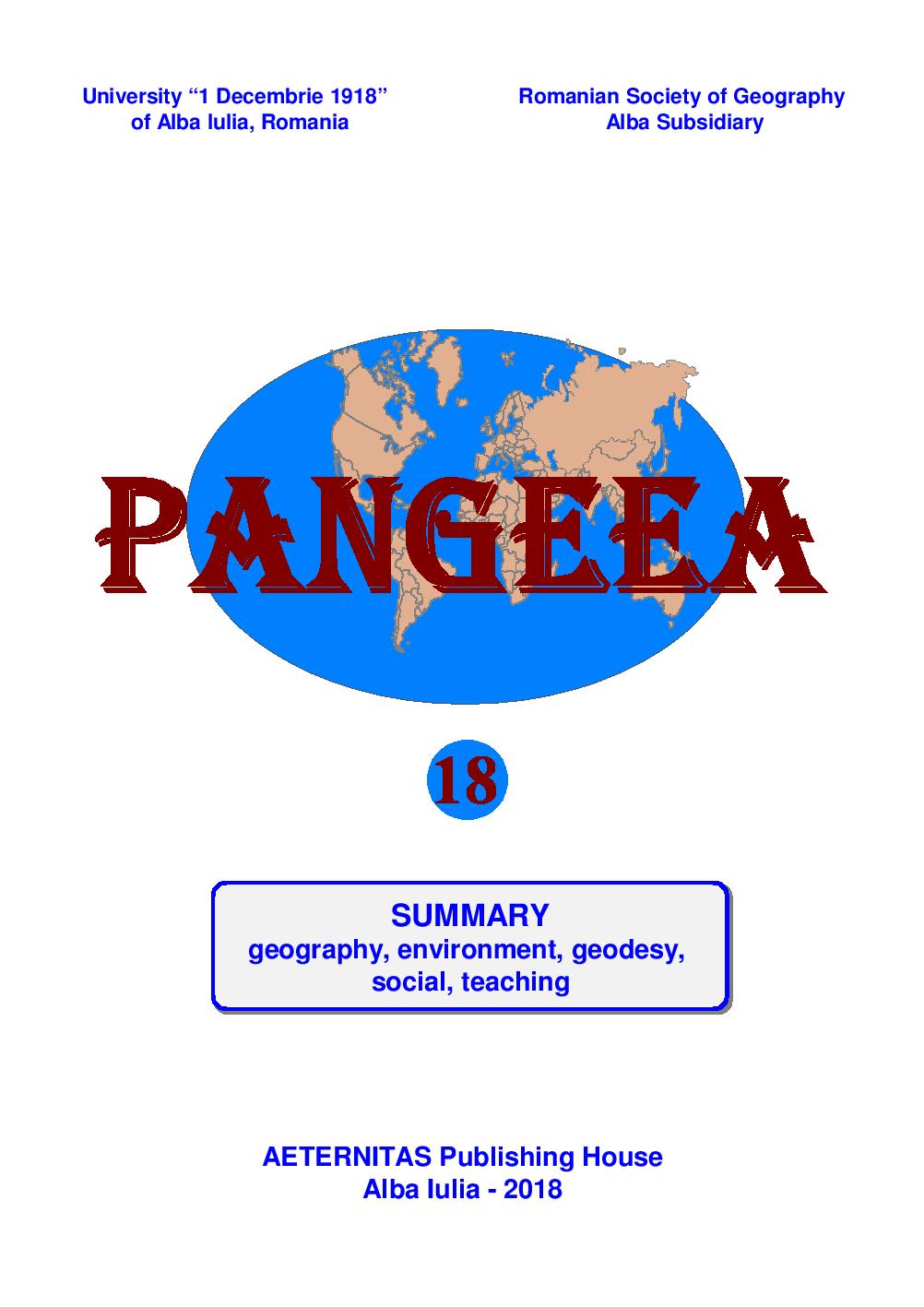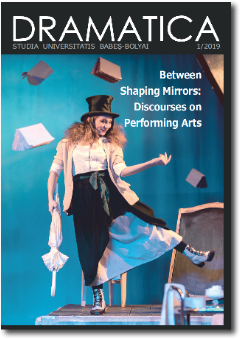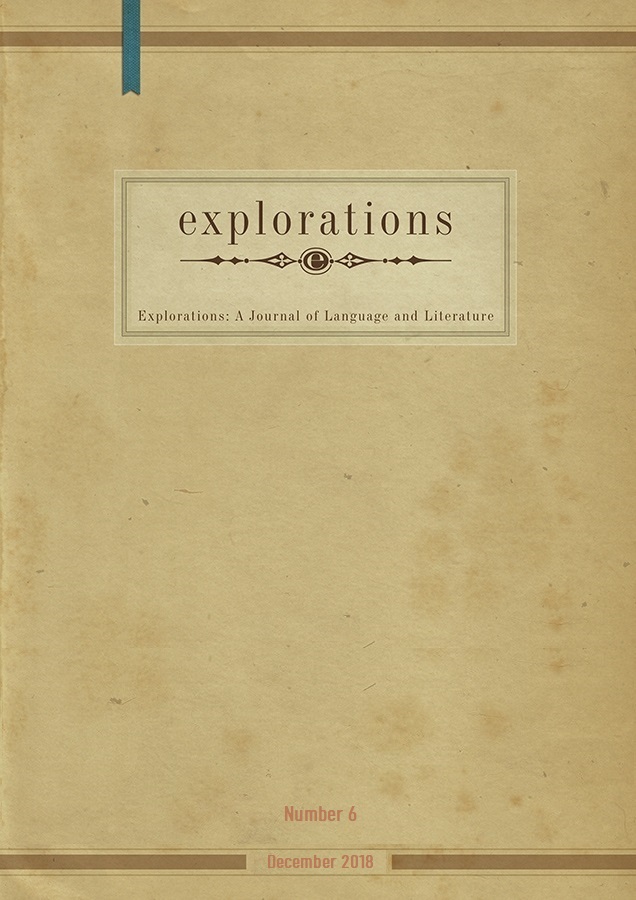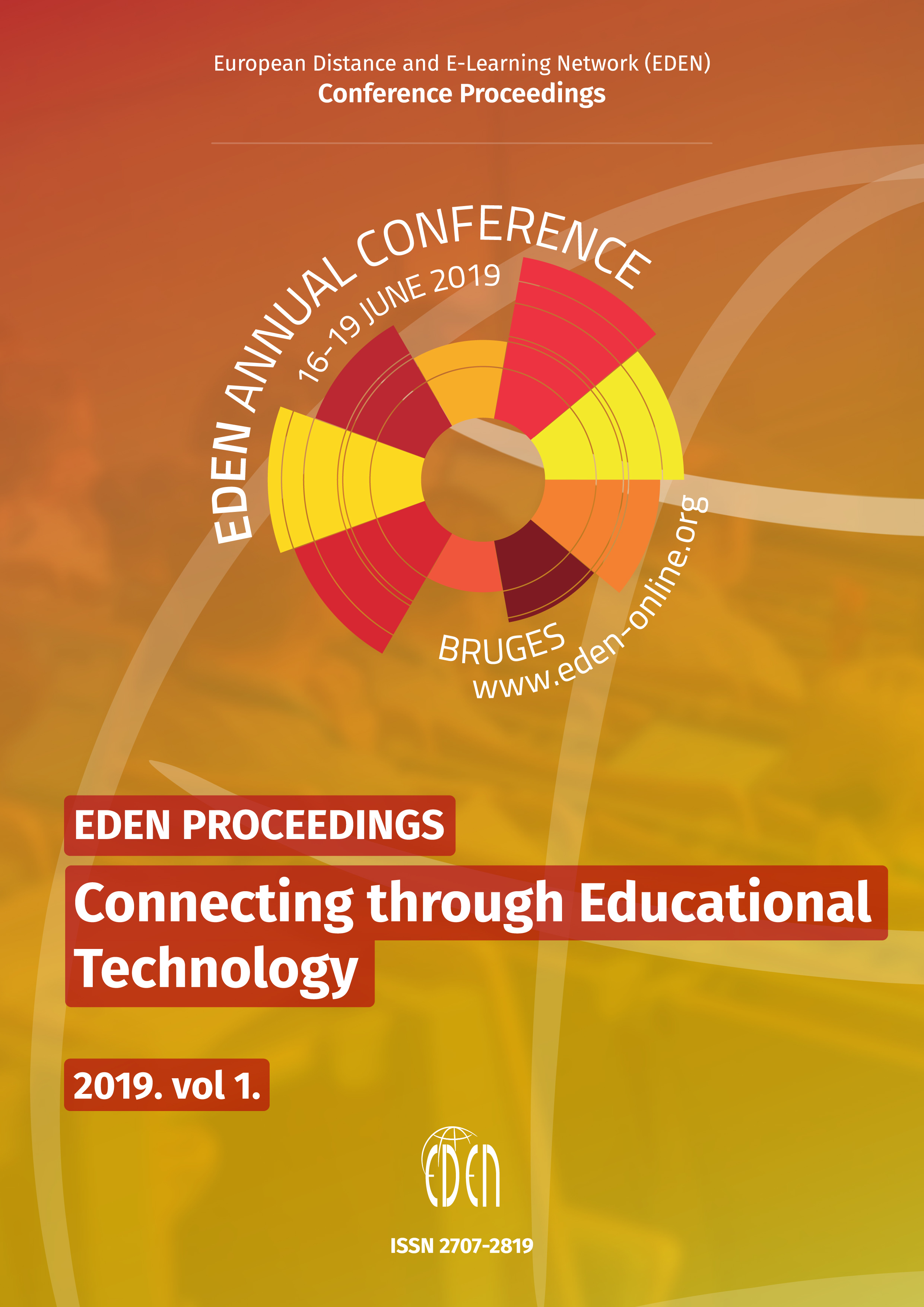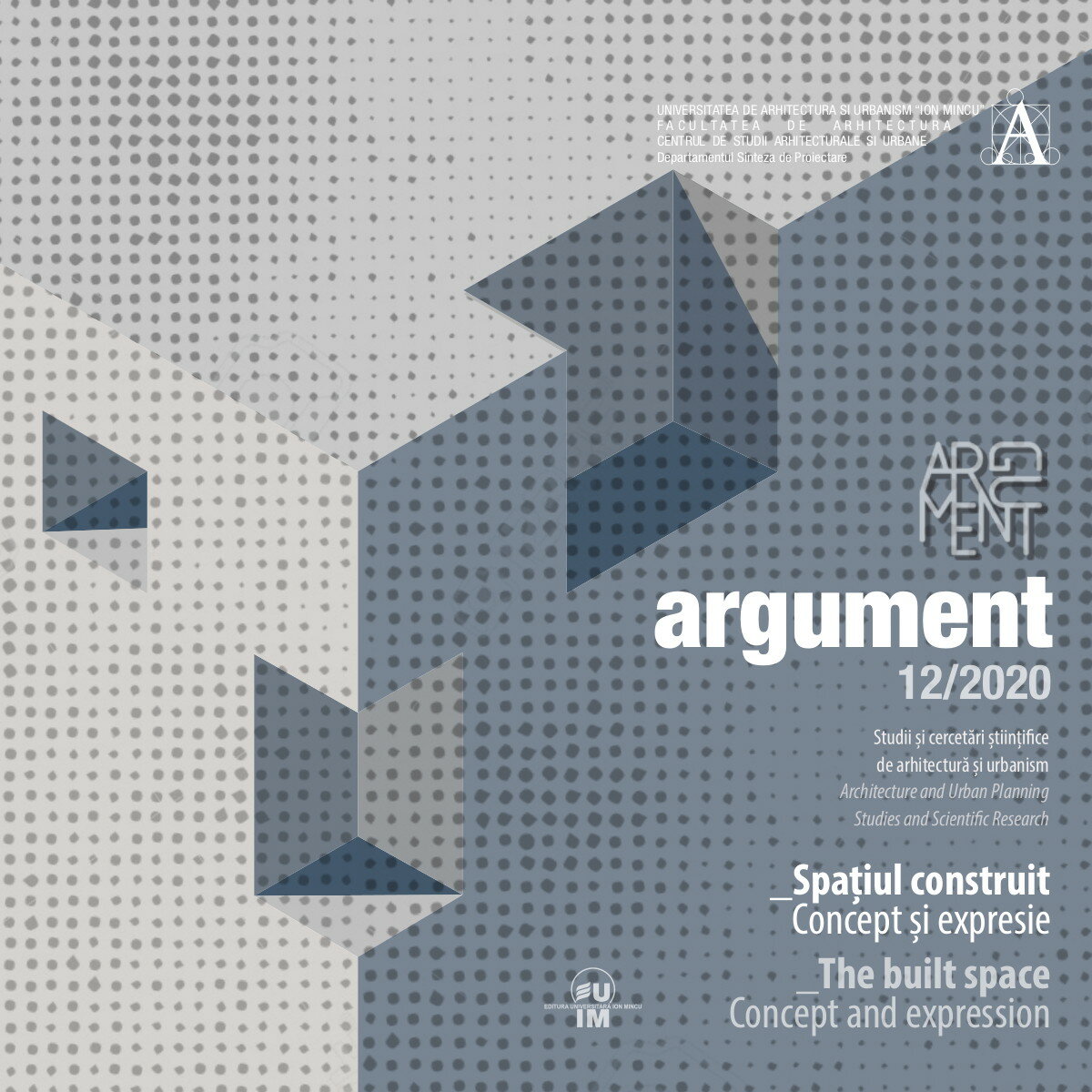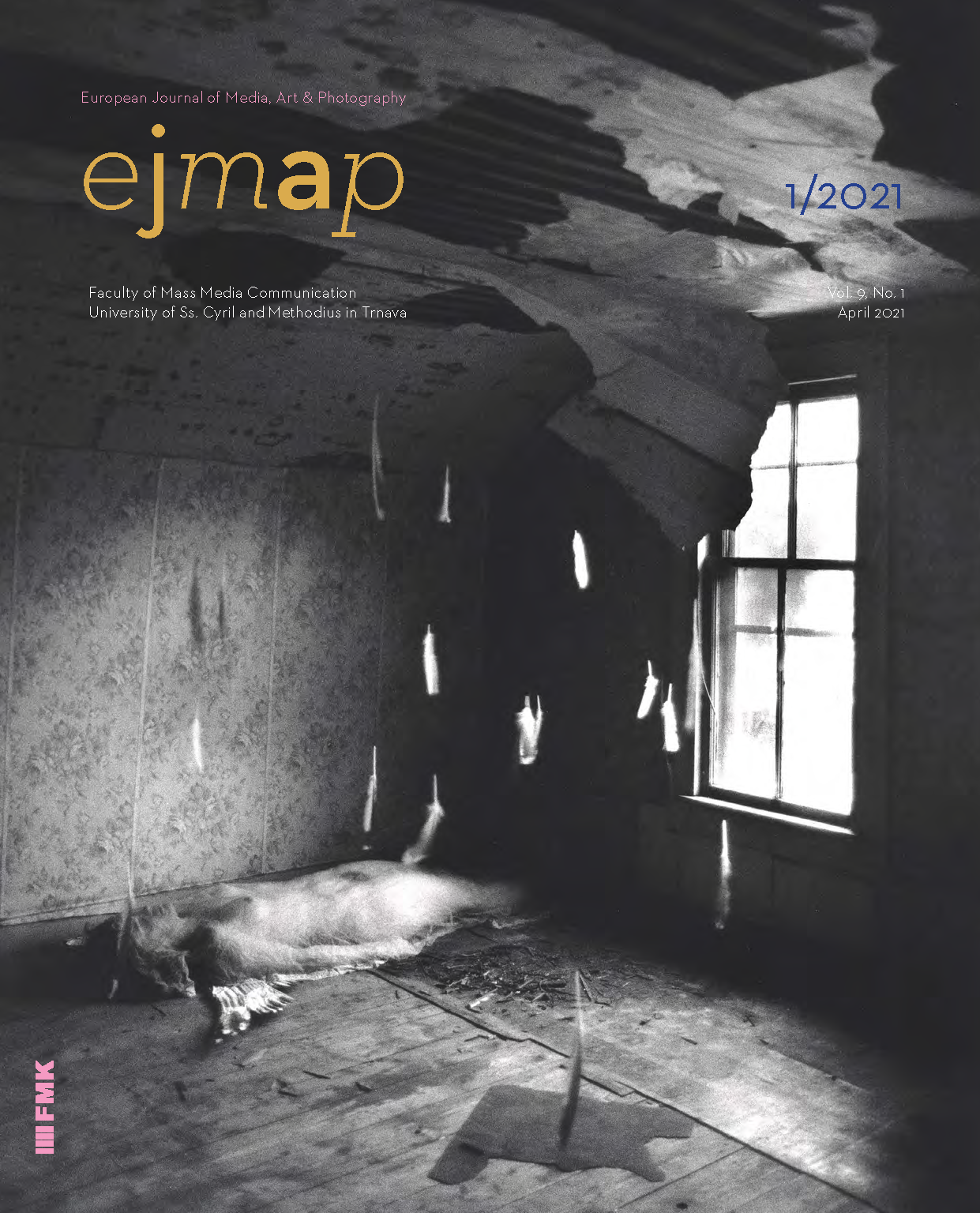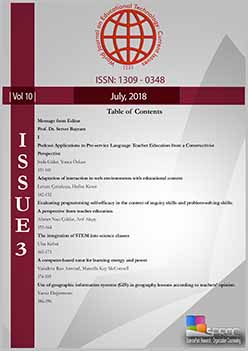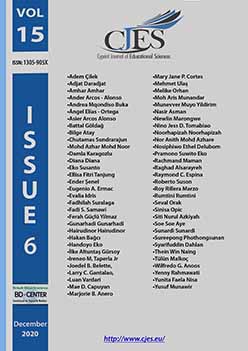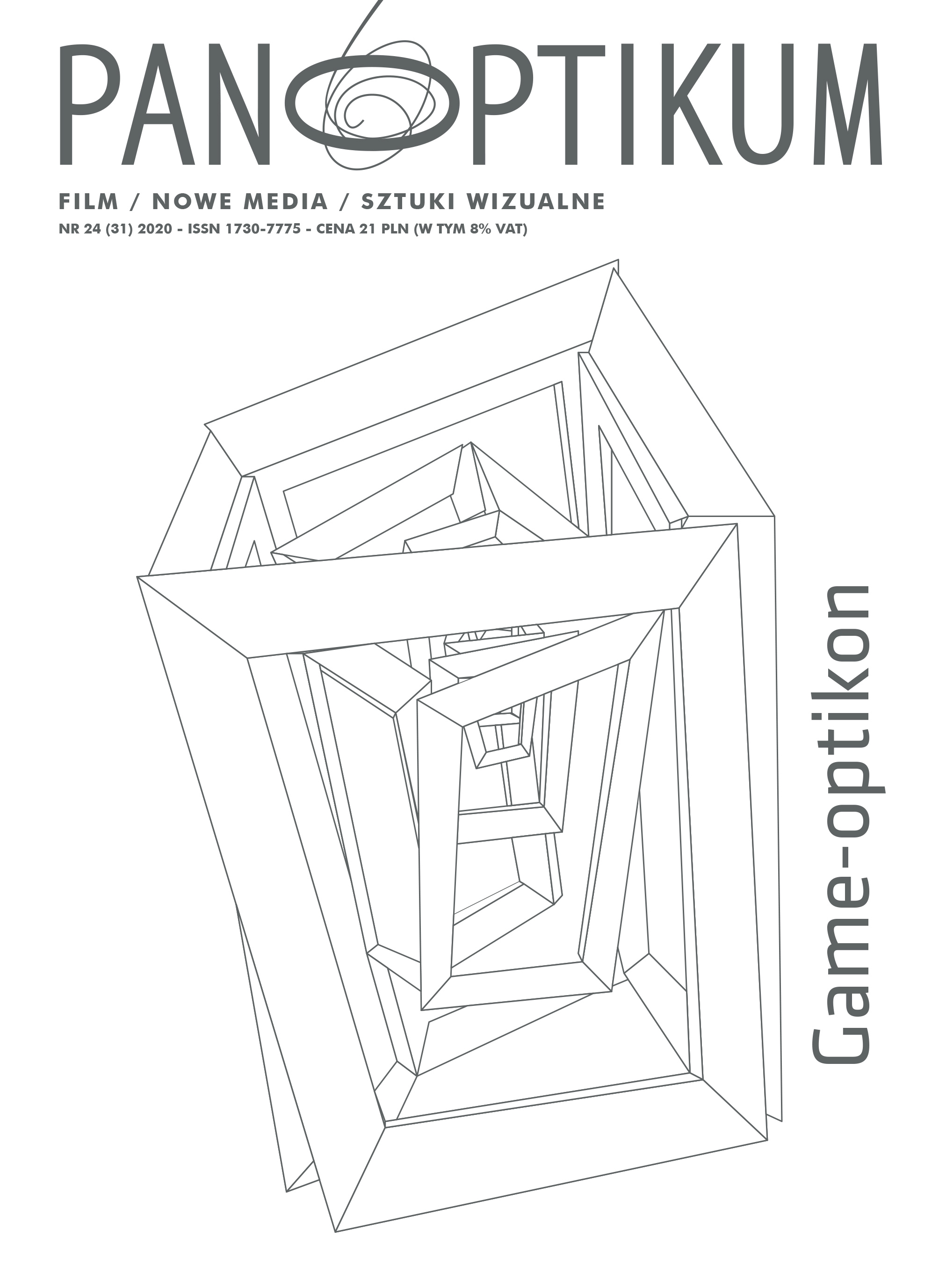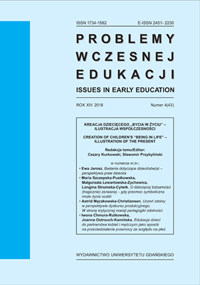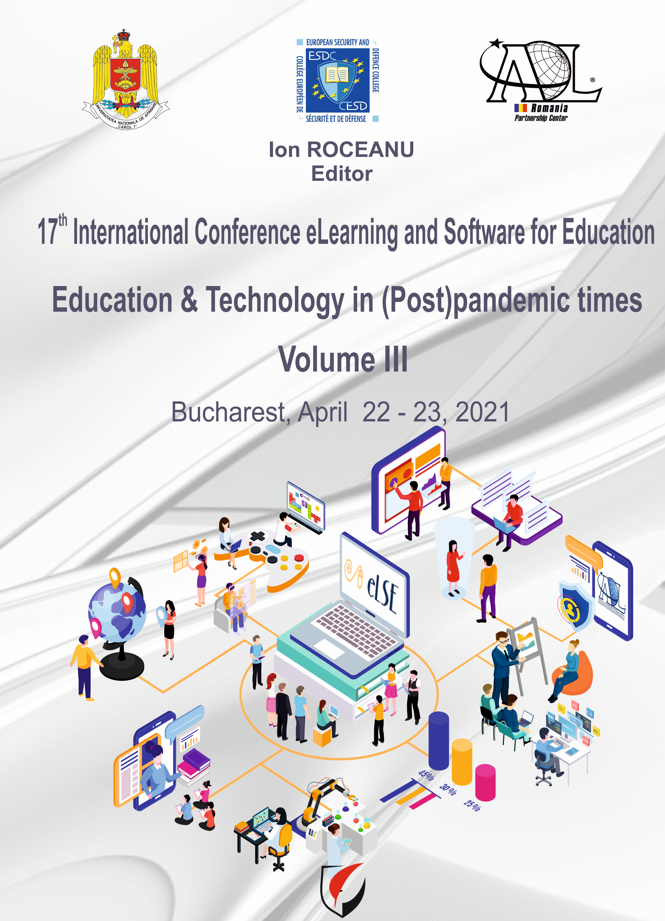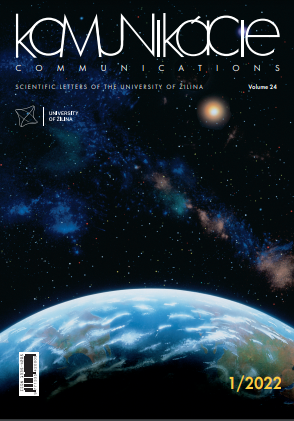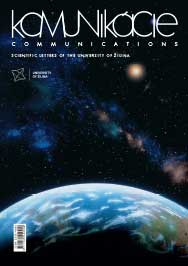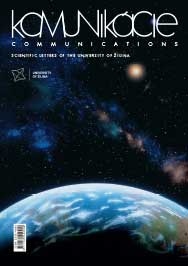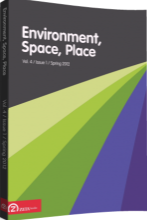
Aesthetics and Sustainable Architecture
Aesthetics and Sustainable Architecture
Keywords: architecture; environmental aesthetics;
Discussions of green design and sustainable architecture have become common in the architectural profession, but not in philosophy. This is unfortunate, as philosophers could make important contributions to this discussion, given that these terms rife with ambiguities and that the relationships between these ideas and the traditional Vitruvian values of architecture (beauty, structure, and utility) are unclear. In a recent article, Tom Spector addresses some of these issues to assess whether the notion of sustainability could underpin an entire design philosophy. He concludes that it cannot. I argue that Spector’s arguments are flawed. After discussing the history of green design, I connect a number of theories in the new field of environmental aesthetics to the question of architectural aesthetics to show how sustainability might inform architecture.
More...
